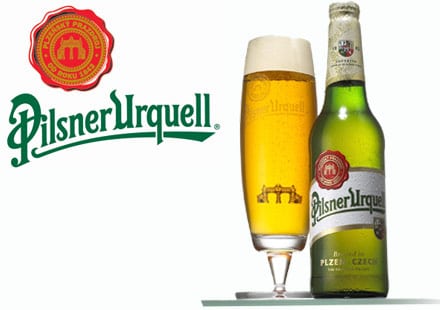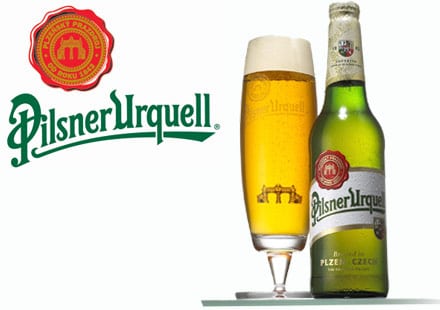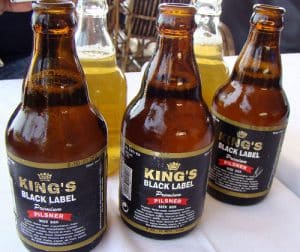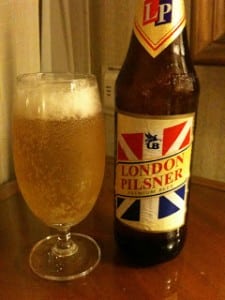Pilsgate
It took a brave heist and a handful of serendipities to brew the world’s most popular beer style
India’s most familiar beer style is actually India’s least available beer style. Confused? Well let me explain, the beer world is dichotomised by the riotously fecund yeast strain used for fermentation. There is yeast that merrily rises to the top of the fermenting vessels to produce ales or top fermenting beers and then the other types mellow down & sink to the abyss thereby creating lagers or bottom fermented beers. Generally speaking ales are fruitier and less cleaner/crisper on the palate as compared to lagers.
The Indian beer market is predominantly a lager market and from the multitude of lager brands the one style that every Indian beer drinker worth his hops can name is the Pilsener or simply Pils. Blame it on the empty, stunted Kings beer bottles that adorned your Goa beachchairs or perhaps the tiny, cramped tables in those seedy South Bombay bars which could never make enough room for the London Pilsners after an evening of post work debauchery. But were these quenchers really what they claimed to be? Well I’m not a purist but then again I’m not a big fan of cover bands too! Will the real Pilsner please stand up?
The story traces back to the year 1839 in a namesake town called Pilsen (Plzen) in the Czech Republic. The bourgeois from this town were devising plans to open a nonchalant cooperative brewery with the worthy aim of improving the general beer quality in town (and also apparently competition from beer imports into Pilsen). Little did these fortuitous souls know that they were on the verge of creating beer history. What transpired in the creation of the phenomenon Pilsner:
- Bavarian “Influence”: Generally speaking at that point of time all beers in the area that we know as the Czech Republic today were ales but the neighbouring Bavarians had by then mastered the art of lager fermentation for almost three centuries. A brewmaster named Josef Groll was hired by the Pilsen cooperative and it has been postulated that he arranged to smuggle the sought after Bavarian lager yeast to Pilsen besides bringing Bavarian brewing techniques to the brewery.
- H2O: The water around Pilsen was very soft as compared to other famous brewing centers and this helped in a way to reduce the accentuation of bitterness of the beer which we will see is curiously interlinked with the hop profile of the beer.
- Lightness: The Czechs had started to understand at the same time better kilning techniques in order to conjure up malts that were light in colour. In general beers were were much darker at that time since kilning methods were a lot harsher due to technological constraints. And thus was created arguably the world’s first golden lager.
- Goblets & Pilsners: We from this generation would find it hard to imagine but in the early 19th century clear glasses to savour our beers were a prerogative of the rich. It was around the same time the wise men of Pilsen were brewing history that glasses were started to be produced in droves for the common junta. No prizes for guessing the effect bright golden colour of the Pils had when seen through these glasses.
- The “scent” of Hops: The area of Pilsen is in proximity to get world class hops and malt, the yin and yan ingredients of beer to balance the sweet with the bitter. Hops were sourced from a nearby region called Zatec which is renowned for aromatic, almost perfumy hops which complimented the soft water in a manner that the bitterness was subdued (still quite bitter really!) compared to the bouquet of aromas from the hops. The malt from the Moravian region contained low protein thereby contributing to clarity in the soon to appear mass produced beer glasses.

The differences between the Indian Pils and the real Pils are easy to tell: the real Pils only uses 100% malt whereas the Indian version use other grains besides malt (so much less body in the Indian Pils), the bitterness/hopping rate of the Indian beers is much lower than the Pilsen beer, the aromatic properties of the Pilsen beer are much more pronounced and authentic giving the beer a much more delicate & aromatic profile. The difference my friends lie in the pedigree.
So the next time you head out to that fancy liquor boutique try your luck for the legendary Pilsner Urquell. Remember, if it’s a Pils it’d rather be from Pilsen.




